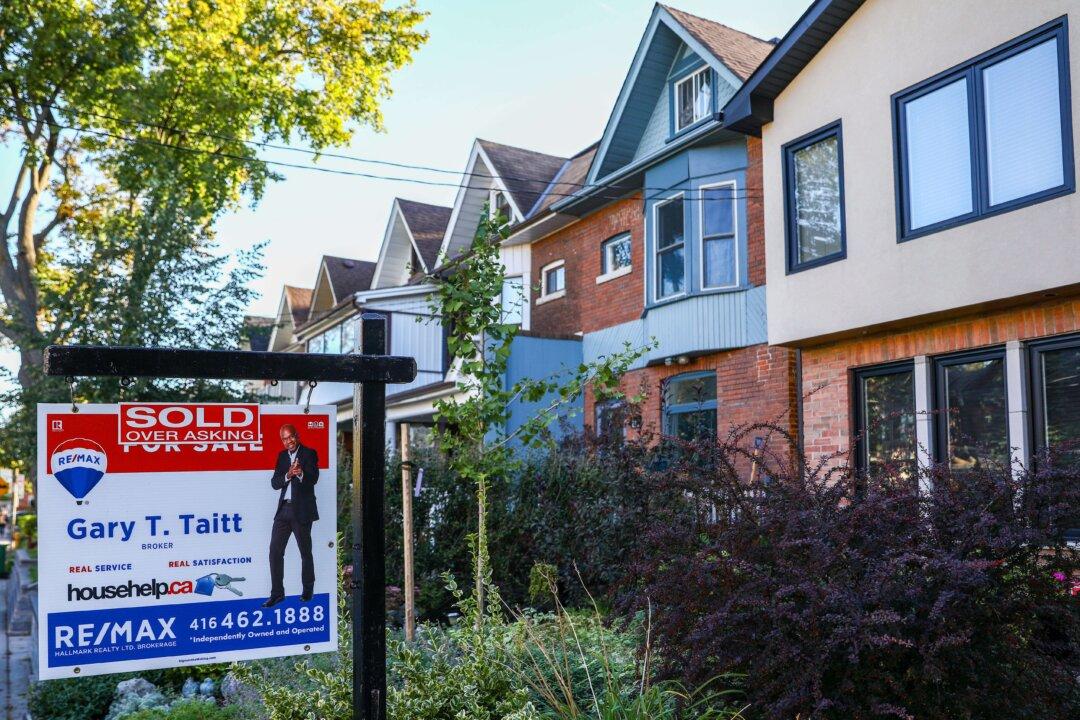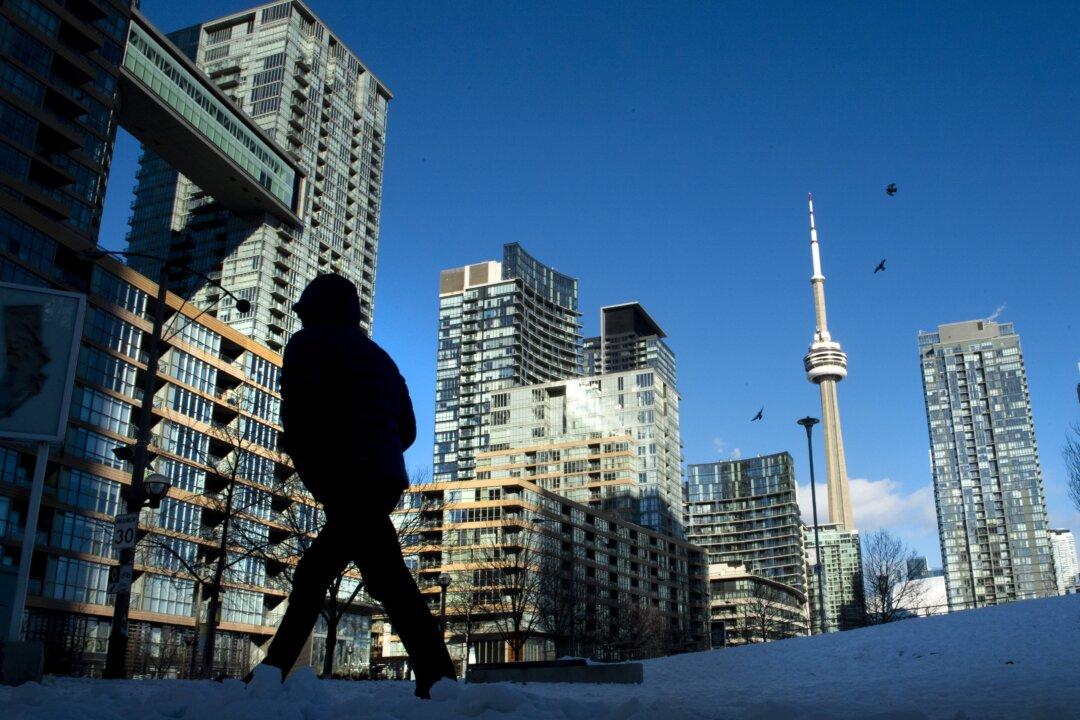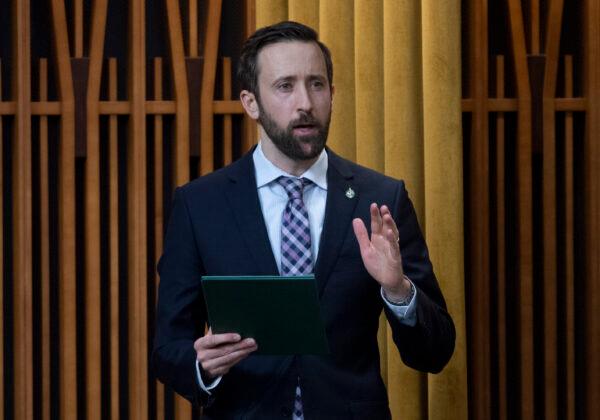In recent years, housing affordability has eroded at a faster rate in Ontario than in any other province, says a new report by Vancouver-based non-profit Generation Squeeze.
“During the first two years of the pandemic, the Ontario government presided over the worst erosion of housing affordability witnessed by any Canadian province over a two-year period in the last half century,” said the report dated May 2022.





